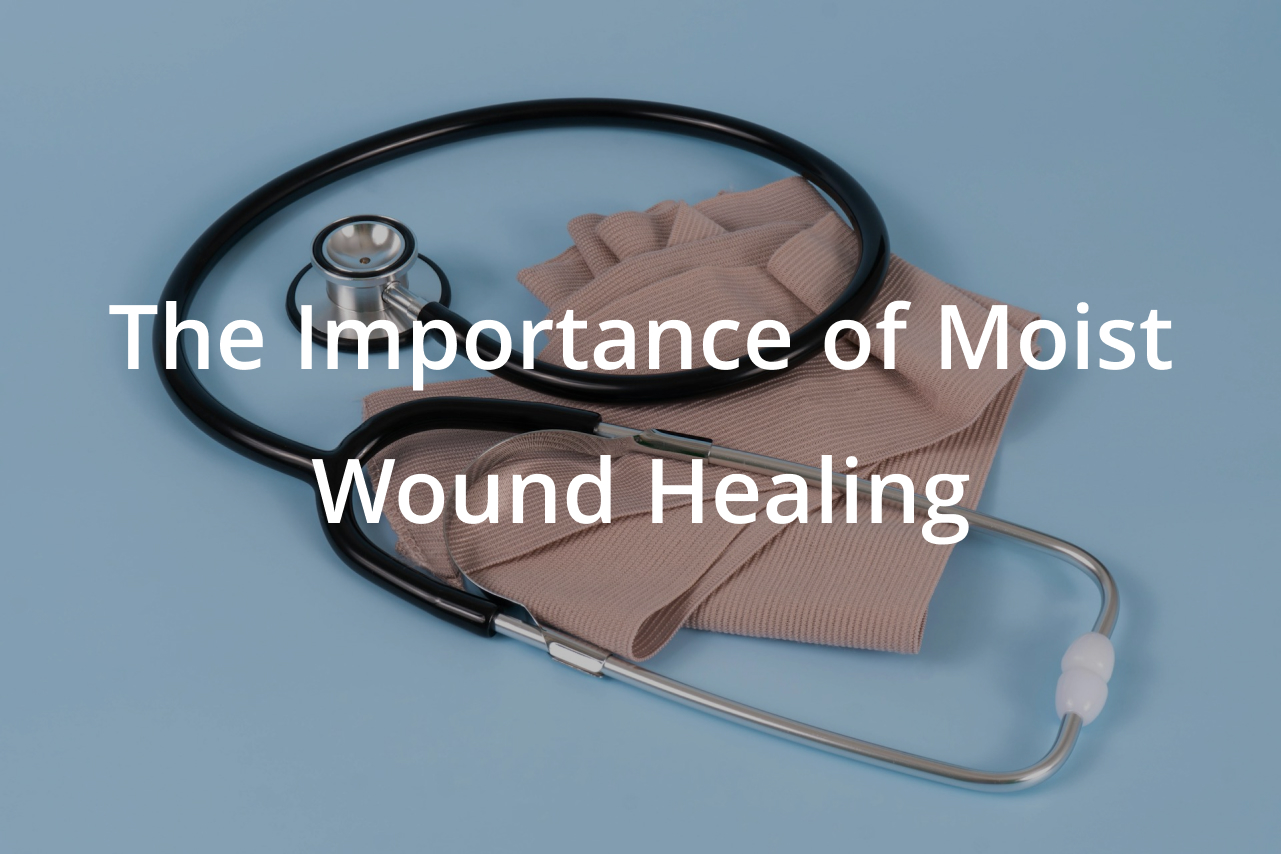Pressure ulcers, also known as bedsores or pressure sores, are injuries to the skin and underlying tissue resulting from prolonged pressure on the skin. They commonly affect individuals who are confined to a bed or wheelchair and those with a medical condition limiting their ability to change positions. Managing pressure ulcers presents unique challenges, requiring meticulous care and comprehensive treatment strategies. This blog, presented by the Wound Center, delves into the complexities of pressure ulcer management and outlines optimal prevention and treatment approaches to enhance patient outcomes.
Understanding Pressure Ulcers
Pressure ulcers typically develop over bony body areas, such as heels, ankles, hips, and the tailbone. These sores can range from mild skin reddening to severe wounds exposing underlying bones or muscles. The severity of pressure ulcers is classified into four stages, with Stage 1 being the mildest and Stage 4 being the most severe.
Prevention Strategies
Prevention is the most effective strategy against pressure ulcers and involves several key components:
- Regular Repositioning: Bedridden patients must change their position at least every two hours to relieve pressure. Wheelchair users should shift weight every 15-30 minutes.
- Support Surfaces: Use specialized mattresses, mattress overlays, and cushions that redistribute pressure and reduce friction and shear.
- Skin Care: Regular cleaning and moisturizing are vital for maintaining skin integrity. Keeping the skin dry and protected from excess moisture from sweat, urine, or feces can prevent skin breakdown.
- Nutritional Support: Adequate nutrition and hydration are essential to maintain healthy skin and support tissue repair. A diet rich in protein, vitamins, and minerals is crucial for those at risk of developing pressure ulcers.
Treatment Strategies
Once a pressure ulcer has developed, effective management involves both local wound care and addressing the underlying causes:
- Cleaning and Dressing: Clean the ulcer regularly with saline solution to remove loose dead tissue and reduce the risk of infection. Use appropriate wound dressings that maintain a moist healing environment and promote tissue regeneration. Options vary depending on the ulcer stage and include foam dressings, hydrocolloids, hydrogels, and alginate dressings.
- Pressure Relief: Continue to use supportive surfaces and minimize pressure on the affected area. Repositioning remains crucial even after ulcers have developed.
- Debridement: To promote healing in more severe ulcers, dead, damaged, or infected tissue must be removed. Debridement can be surgical, mechanical, enzymatic, or autolytic.
- Infection Control: Monitor for signs of infection, including increased redness, pus, or foul-smelling discharge. If an infection is confirmed, antibiotics may be necessary.
- Advanced Therapies: For non-healing or advanced ulcers, technologies such as negative pressure wound therapy (NPWT), electrical stimulation, or ultrasonic mist therapy might enhance tissue repair and recovery.
Special Considerations
- Individualized Care Plans: Given the variability in how pressure ulcers develop and progress, treatment plans must be customized for each patient, considering factors like overall health, mobility, and existing comorbidities.
- Multidisciplinary Approach: Effective management of pressure ulcers often requires a team approach, including nurses, dietitians, physical therapists, and physicians. Collaboration ensures comprehensive care addressing all aspects of health and ulcer management.
- Patient and Caregiver Education: Educating patients and caregivers about the risk factors and preventive measures for pressure ulcers is critical. Empowering them with knowledge can lead to better outcomes and prevent the recurrence of ulcers.
Conclusion
Pressure ulcers are a serious health concern, leading to significant discomfort, severe infections, and extended hospital stays. The Wound Center is dedicated to providing specialized care to prevent and treat pressure ulcers. By implementing rigorous preventive measures and employing advanced treatment strategies, we aim to improve the quality of life for patients susceptible to or affected by pressure ulcers. Through education, dedicated care, and ongoing support, we strive to mitigate the impacts of these often preventable wounds.



